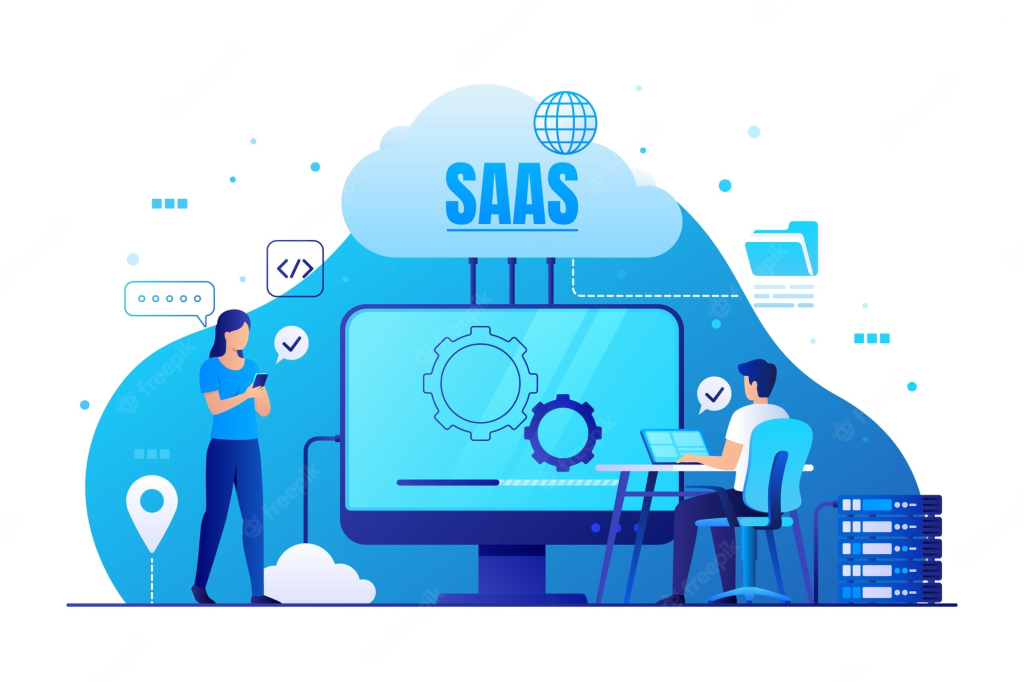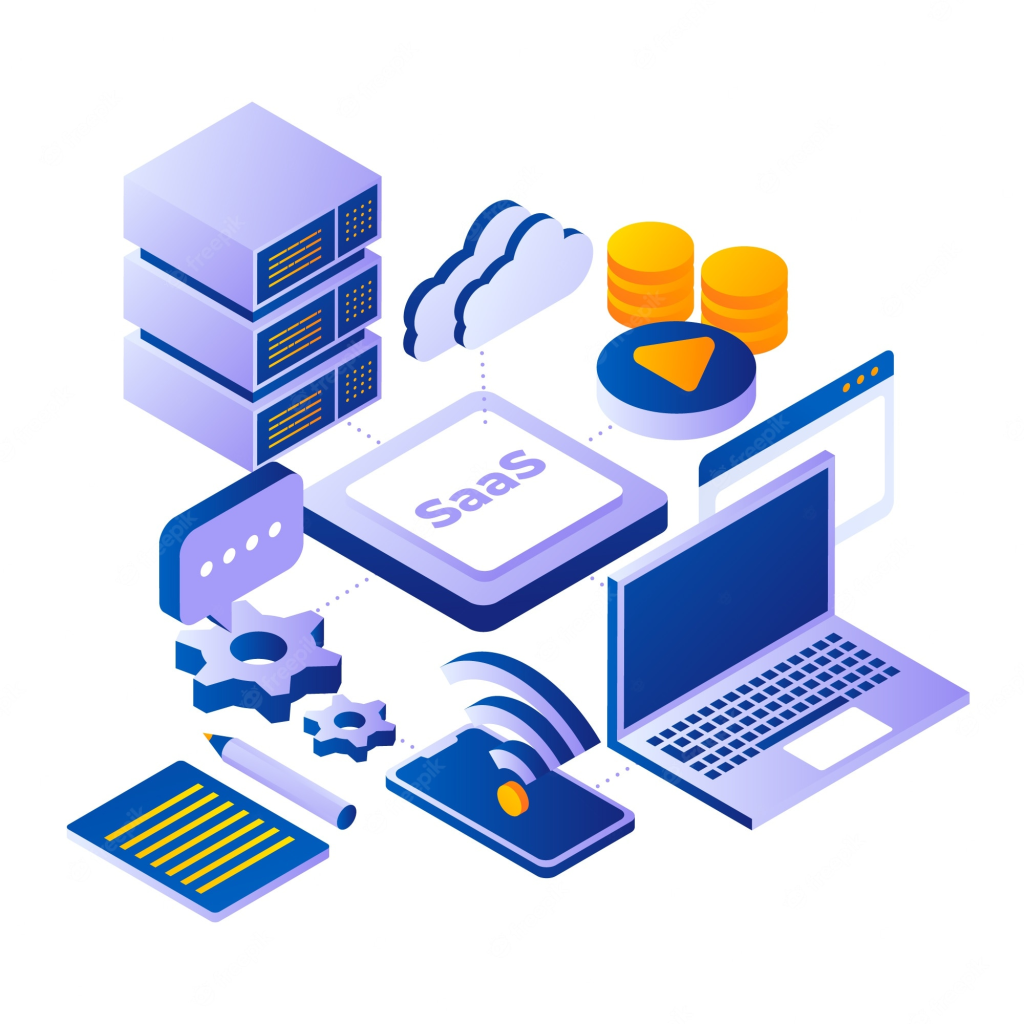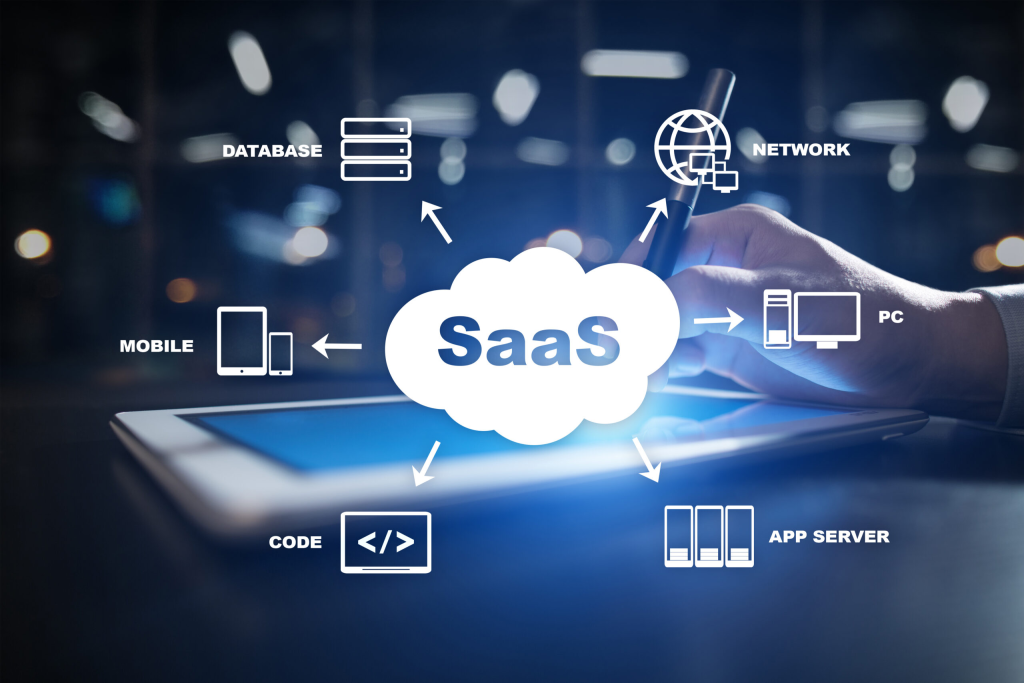
In the business world today, Software as a Service (SaaS) has become a popular choice, especially among Small and Medium-sized Enterprises (SMEs). But why is it more fitting for them compared to traditional software? Let’s explore the differences between SaaS and traditional software, the reasons why SaaS suits SMEs better, and how SMEs can choose the right SaaS systems.
I. Differences between SaaS and Traditional Software
1. Installation and Deployment
- Traditional Software: Usually requires installation on local computers or servers within the company’s premises. It often involves complex setup procedures and may need IT professionals to handle it. For example, installing an enterprise resource planning (ERP) system on-site might take days or even weeks to complete, including configuring the server and ensuring all components work properly.
- SaaS: On the other hand, SaaS applications are hosted by the provider and accessed via the internet. SMEs can start using them almost immediately after subscribing. There’s no need for elaborate installation steps on their own hardware. They just log in through a web browser and get to work.
2. Cost Structure
- Traditional Software: Comes with a high upfront cost for purchasing licenses. Additionally, there are ongoing expenses for maintaining the server infrastructure, hiring IT staff to manage updates and troubleshoot issues, and potentially paying for upgrades separately. For a small business, this can be a significant financial burden.
- SaaS: Operates on a subscription-based model, typically with monthly or annual fees. SMEs pay only for what they use and don’t have to make a large initial investment. This makes it more affordable and manageable in terms of cash flow.
3. Upgrades and Maintenance
- Traditional Software: The company itself is responsible for keeping the software updated. This means allocating resources for downloading and installing patches, new versions, etc. It can be time-consuming and may disrupt business operations if not done smoothly.
- SaaS: The provider takes care of all upgrades and maintenance. SMEs automatically get access to the latest features and security enhancements without having to do anything extra on their end.
II. Why SaaS is More Suitable for SMEs
1. Cost-Effectiveness
- Lower Initial Outlay: As mentioned earlier, SMEs often don’t have the capital to invest in expensive software licenses. SaaS allows them to access powerful software solutions with a much smaller upfront payment, freeing up funds for other business needs like marketing or hiring.
- Predictable Budgeting: With fixed subscription fees, it’s easier for SMEs to plan their budgets. They know exactly how much they’ll be spending on software each month or year, which helps with financial stability.
2. Scalability
- Flexible Growth: SMEs can easily scale their usage of SaaS applications as their business grows. If they need more users to access a customer relationship management (CRM) system or additional features, they can simply upgrade their subscription plan. Similarly, if business slows down, they can reduce their usage and costs.
- Quick Adaptation: New SaaS tools can be adopted quickly to meet changing business requirements. For instance, if an SME decides to expand into e-commerce, they can subscribe to a relevant SaaS e-commerce platform in a short time and start operating.
3. Accessibility
- Anywhere Access: Employees can access SaaS for SMEs applications from different locations as long as they have an internet connection. This is great for SMEs with remote workers or multiple offices. It enables seamless collaboration and work continuity.

III. How SMEs Can Choose the Right SaaS Systems
1. Identify Business Needs
- Understand Requirements: SMEs should first clearly define what they need the software to do. For example, if they’re in the service industry, they might prioritize a SaaS system that can handle appointment scheduling, customer invoicing, and service tracking effectively.
- Set Priorities: Rank the features and functions based on importance to the business. This helps narrow down the options when evaluating different SaaS offerings.
2. Check Provider Reputation
- Reviews and Testimonials: Look for reviews from other SMEs that have used the SaaS product. Check online platforms and industry forums to see what others are saying about the provider’s reliability, customer service, and software quality.
- Track Record: Investigate the provider’s history. How long have they been in business? Have they had any major security issues or service outages in the past? A provider with a good track record is more likely to be a reliable choice.
3. Trial Period
- Take Advantage: Many SaaS providers offer free trial periods. SMEs should make full use of these to test the software in real business scenarios. See how easy it is for employees to use, whether it integrates well with existing systems, and if it meets the identified business needs.
How can SMEs ensure the security of their data when using a SaaS system?
I. Choose Reputable SaaS Providers
- Check Provider’s Reputation: Look for providers with a good track record in the industry. Read reviews and testimonials from other businesses that have used their services. For example, check online business forums or review platforms where users share their experiences regarding the provider’s security measures and reliability.
- Verify Security Certifications: Ensure that the SaaS provider has relevant security certifications like ISO 27001. These certifications indicate that the provider follows strict security standards and best practices in safeguarding data.
II. Review Security Policies and Contracts
- Encryption Standards: Check what encryption methods the provider uses for data both in transit (while it’s being sent and received) and at rest (when it’s stored). Strong encryption helps protect data from unauthorized access even if there’s a security breach.
- Understand Data Ownership: Clearly define in the contract who owns the data. SMEs should make sure that they retain ownership of their own data and that the provider has no rights to use it for other purposes without proper authorization.
- Data Storage and Location: Know where the data will be stored. Some businesses may have specific requirements or concerns about data being stored in certain regions due to different privacy laws. Also, understand the provider’s backup and disaster recovery policies to ensure data can be restored in case of an emergency.
III. Implement Strong User Authentication and Access Controls
- Role-based Access: Define different levels of access based on job roles within the company. For example, only employees in the finance department should have access to financial data, while others may have limited or no access to it. This helps limit the potential damage in case an employee’s account is compromised.
- Use Multi-factor Authentication: Encourage employees to set up multi-factor authentication for their accounts. This usually involves combining something they know (like a password) with something they have (like a verification code sent to their mobile phone). It adds an extra layer of security to prevent unauthorized logins.

SaaS offers numerous advantages for SMEs over traditional software. By understanding these differences, recognizing why it’s a good fit, and knowing how to choose the right systems, SMEs can leverage SaaS to enhance their business operations, improve efficiency, and grow in a cost-effective way.





